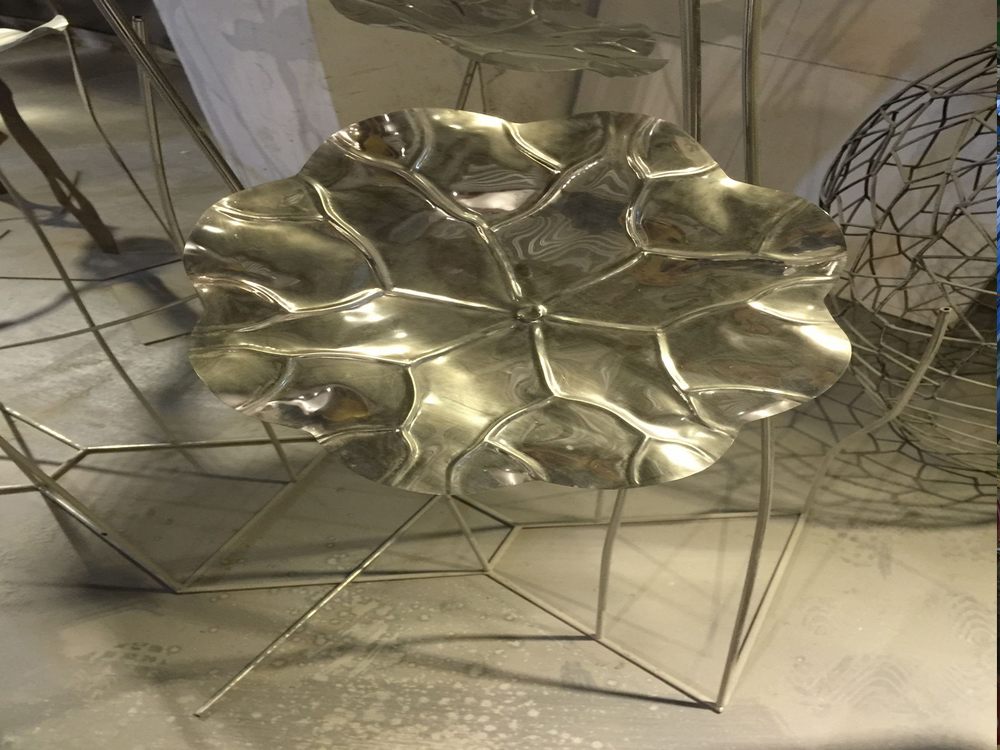
The ability to make rigid stone appear fluid and dynamic is one of the most captivating feats in sculpture. Artists achieve this illusion of motion through several masterful techniques that trick the eye and engage the viewer's imagination.
One primary method involves crafting figures in mid-action poses. A sculpture of a dancer with one leg raised and arms outstretched instantly suggests movement, even in static marble. The positioning of limbs and body weight implies the moments before and after the captured instant, creating a sense of continuity.
Strategic use of flowing lines is another powerful tool. Carved drapery that appears to flutter in an unseen breeze or hair strands that seem to whip around a face can transform solid rock into a snapshot of motion. Michelangelo's famous "David" exemplifies this, with his tensed posture and focused gaze implying imminent action.
Artists also employ optical techniques like asymmetrical balance and deliberate distortion. A slightly elongated torso or exaggerated stride can enhance the perception of movement. The ancient Greek "Winged Victory of Samothrace" demonstrates this perfectly, with its forward-leaning posture and wind-swept drapery creating breathtaking dynamism.
Modern sculptors push these concepts further by incorporating actual kinetic elements or using polished surfaces that reflect changing light patterns to simulate motion. From ancient masters to contemporary artists, the magic of making stone move continues to captivate audiences worldwide.

